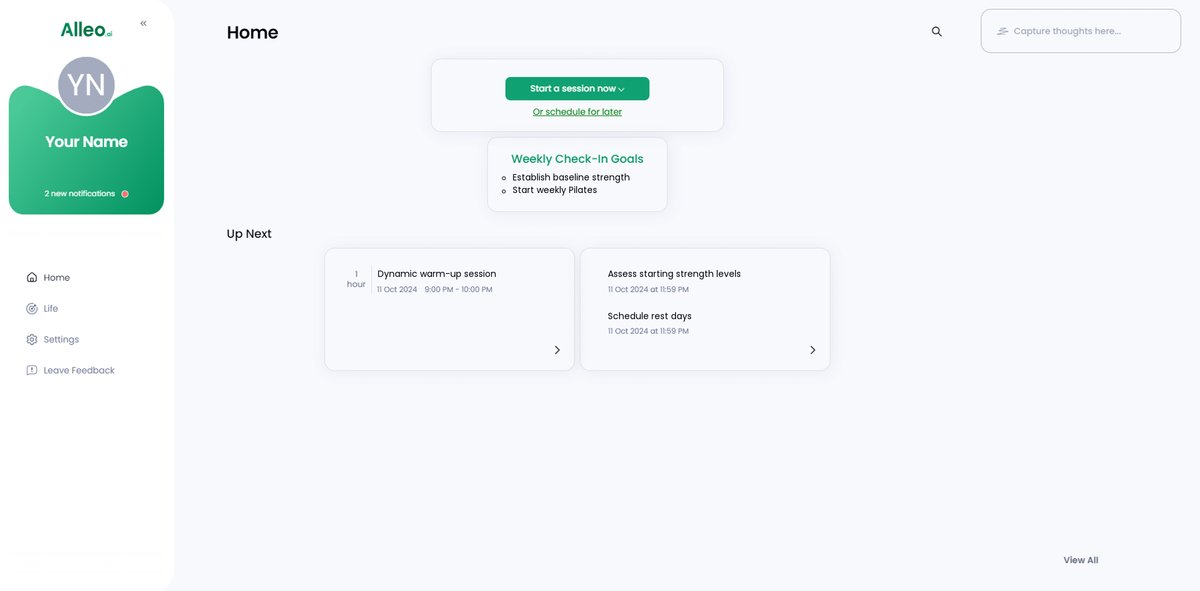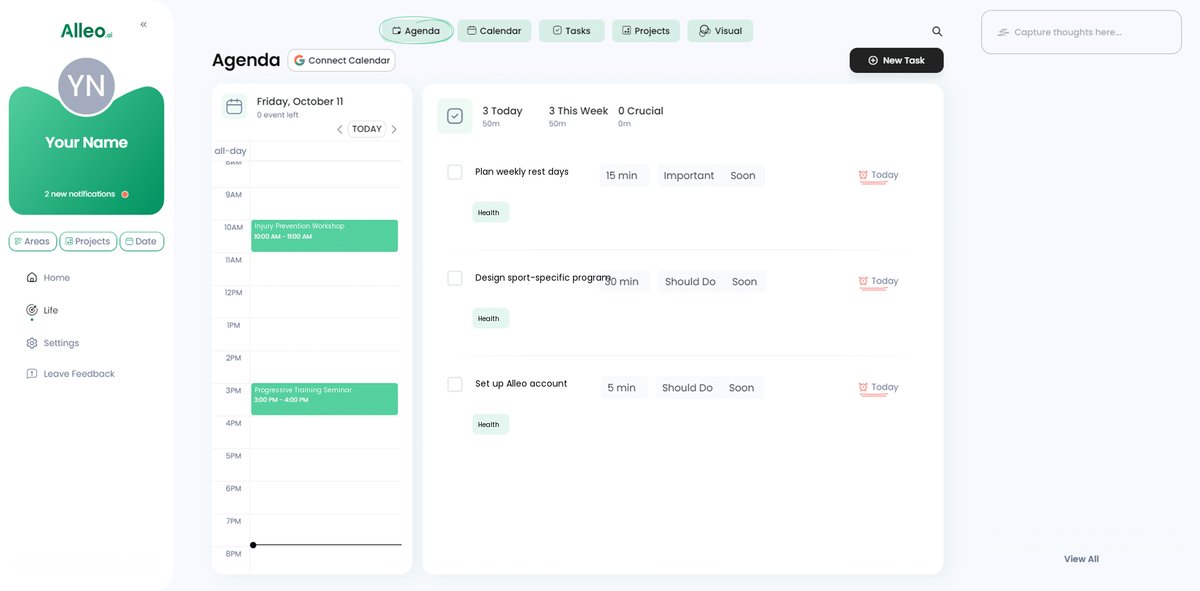The Ultimate Guide to Building Injury Resistance for Athletes Through Progressive Training
Imagine being able to push your body to new limits without the constant worry of injury holding you back. This is the essence of progressive injury prevention for athletes.
As a fitness coach, I’ve watched countless athletes struggle with injuries that derail their progress. Navigating these challenges can be daunting, but it doesn’t have to be. With proper strength and flexibility programming, athletes can build resilience.
In this post, you’ll discover strategies to build injury resistance through progressive training. We’ll cover techniques to ensure your muscles can handle increasing stress and impact, including progressive overload training and sports-specific conditioning exercises.
Let’s dive into effective injury prevention techniques for athletes.

Understanding the Challenges of Injury Prevention
Athletes often face injuries due to inadequate training methods. Many clients initially struggle with understanding how to implement progressive injury prevention for athletes, including proper form and technique in training and sports-specific conditioning exercises.
Neglecting proper injury prevention techniques for athletes can lead to significant setbacks. Without a structured plan incorporating strength and flexibility programming, even minor injuries can become major obstacles.
From my experience, I see athletes benefit from a structured approach to progressive injury prevention. It helps them stay on track with periodization for injury resistance and avoid the pain and frustration of recurring injuries through effective recovery strategies for athletes.

Key Strategies to Build Injury Resistance
Overcoming this challenge requires a few key steps. Here are the main areas to focus on for progressive injury prevention for athletes.
- Implement progressive overload in strength training: Gradually increase weight or resistance to build muscle strength and enhance injury resistance.
- Incorporate Pilates for core and flexibility: Enhance core strength and flexibility through targeted Pilates exercises, a crucial component of injury prevention techniques for athletes.
- Design sport-specific training programs: Tailor training to your sport’s specific demands and requirements, incorporating sports-specific conditioning exercises.
- Include active recovery and mobility exercises: Use dynamic warm-ups and cool-downs to aid recovery, integrating proper form and technique in training.
- Balance training volume with adequate rest periods: Ensure proper rest to prevent overtraining and promote recovery, a key aspect of periodization for injury resistance.
Let’s dive in!
1: Implement progressive overload in strength training
Progressive overload is crucial for building muscle strength and injury resistance, making it a key component of progressive injury prevention for athletes.
Actionable Steps:
- Assess your starting point: Begin with a baseline assessment of your current strength levels to determine appropriate starting weights for your progressive overload training.
- Increase gradually: Boost the weight or resistance by 5-10% every two weeks, closely monitoring for signs of overtraining as part of your injury prevention techniques for athletes.
- Diversify exercises: Incorporate a variety of sports-specific conditioning exercises to target different muscle groups and ensure balanced development.
Explanation:
These steps help ensure your muscles adapt progressively to increasing stress, reducing the risk of injury. For example, progressive overload is a proven method in strength training that enhances performance and supports progressive injury prevention for athletes.
By diversifying exercises, you can prevent the overuse of specific muscles, maintaining overall muscle balance and supporting strength and flexibility programming.
Key benefits of progressive overload include:
- Increased muscle strength and endurance
- Improved bone density
- Enhanced metabolic rate
By following these steps, you will build a strong foundation for injury prevention and performance improvement, which are essential aspects of progressive injury prevention for athletes.

2: Incorporate Pilates for core and flexibility
Incorporating Pilates into your routine enhances core strength and flexibility, crucial for progressive injury prevention for athletes. This approach complements progressive overload training and supports sports-specific conditioning exercises.
Actionable Steps:
- Schedule weekly sessions: Commit to weekly Pilates sessions to consistently build core strength and flexibility, key components in injury prevention techniques for athletes.
- Focus on key exercises: Integrate specific exercises targeting lower glute activation, pelvic stability, and hip mobility, aligning with functional movement screening principles.
- Track progress: Regularly assess improvements in body awareness and movement efficiency, essential for proper form and technique in training.
Explanation:
These steps help develop a strong core and flexible body, reducing the risk of injury. For instance, Pilates improves body awareness and movement efficiency, which is essential for athletes implementing progressive injury prevention strategies.
According to experts, Pilates enhances athletic performance through better biomechanics and movement patterns, supporting strength and flexibility programming.
Integrating Pilates can greatly aid in your journey to becoming a more resilient athlete, complementing other injury prevention techniques for athletes.

3: Design sport-specific training programs
Creating sport-specific training programs is vital for improving performance and implementing progressive injury prevention for athletes unique to each sport.
Actionable Steps:
- Collaborate with a coach: Develop a training program tailored to your sport’s demands and your development stage, incorporating progressive overload training.
- Incorporate sport-specific drills: Include sports-specific conditioning exercises that mimic movements in your sport to enhance performance and prevent injuries.
- Review and adjust regularly: Periodically assess and modify your program based on performance metrics and feedback, focusing on strength and flexibility programming.
Explanation:
These steps ensure that your training is aligned with the specific physical demands of your sport. For instance, by including sport-specific drills, you can improve movement efficiency and reduce injury risk through proper form and technique in training.
According to experts, sport-specific training paradigms are scientifically sound and progressive. This approach helps you stay ahead in your training and performance.
Essential components of a sport-specific training program:
- Biomechanical analysis of sport movements for injury prevention techniques for athletes
- Targeted strength and conditioning exercises
- Periodization for injury resistance
Integrating these strategies will significantly enhance your athletic performance and resilience, contributing to progressive injury prevention for athletes.

4: Include active recovery and mobility exercises
Incorporating active recovery and mobility exercises is essential for maintaining muscle health and preventing injuries, a key component of progressive injury prevention for athletes.
Actionable Steps:
- Start with dynamic warm-ups and cool-downs: Add dynamic stretches before and after workouts to prepare your body and aid recovery, focusing on proper form and technique in training.
- Schedule weekly mobility sessions: Focus on joint flexibility and muscle relaxation through dedicated mobility exercises, incorporating functional movement screening.
- Utilize recovery tools: Include foam rollers and resistance bands to help in muscle recovery and reduce soreness, supporting strength and flexibility programming.
Explanation:
These steps are vital for ensuring that your muscles remain flexible and resilient. Dynamic warm-ups and cool-downs help prevent injury by preparing your muscles for exertion, aligning with sports-specific conditioning exercises.
According to experts, active recovery and mobility work are crucial for injury prevention. By incorporating these exercises, you will enhance your body’s ability to recover and perform, supporting progressive overload training.
This approach will set the stage for consistent progress and reduce the risk of overtraining, contributing to effective progressive injury prevention for athletes.

5: Balance training volume with adequate rest periods
Balancing training volume with adequate rest periods is essential for progressive injury prevention for athletes and optimal performance.
Actionable Steps:
- Plan rest days: Include rest days in your training schedule to allow muscles to recover and grow, a key component of progressive overload training.
- Monitor intensity and volume: Adjust training intensity and volume as needed to avoid overtraining and burnout, adhering to proper periodization for injury resistance.
- Incorporate active recovery: Use light activities like swimming or yoga on recovery days to keep moving without adding strain, an important recovery strategy for athletes.
Explanation:
These steps are crucial for maintaining a healthy balance between training and recovery. By planning rest days and monitoring intensity, you can implement effective injury prevention techniques for athletes.
According to experts, active recovery plays a vital role in injury prevention by promoting muscle relaxation and flexibility, which are key aspects of strength and flexibility programming.
Signs that you need more rest include:
- Persistent muscle soreness
- Decreased performance
- Increased fatigue
Implementing these strategies helps ensure consistent progress and reduces the risk of injuries, supporting progressive injury prevention for athletes.

Partner with Alleo on Your Injury Prevention Journey
We’ve explored the challenges of building injury resistance through progressive training and the steps to achieve it. But did you know you can work directly with Alleo to make this progressive injury prevention for athletes journey easier and faster?
Setting up an account with Alleo is quick and simple. Create a personalized training plan tailored to your needs, incorporating sports-specific conditioning exercises and strength and flexibility programming.
Work with Alleo’s AI coach to overcome specific challenges and stay on track with your progressive overload training. The coach will follow up on your progress and handle changes, ensuring proper form and technique in training.
You’ll receive notifications to keep you accountable and remind you about important recovery strategies for athletes.
Ready to get started for free? Let me show you how to begin your journey in progressive injury prevention for athletes!
Step 1: Access Your Injury Prevention Journey
Log in to your account or create a new one to begin your personalized injury prevention training plan with Alleo’s AI coach.

Step 2: Choose “Building better habits and routines”
Select “Building better habits and routines” to create a foundation for injury prevention through consistent, progressive training practices that align with the strategies discussed in the article.

Step 3: Select “Health” as Your Focus Area
Choose “Health” as your primary focus area in Alleo to align your training with injury prevention goals. This selection will tailor your AI-coached plan to incorporate progressive strength training, flexibility work, and balanced recovery strategies, directly addressing the challenges outlined in building injury resistance for athletes.

Step 4: Starting a coaching session
Begin your journey with Alleo by scheduling an intake session, where you’ll discuss your fitness goals and injury prevention needs to create a personalized training plan tailored to your sport and current fitness level.

Step 5: Viewing and Managing Goals After the Session
After your coaching session, check the app’s home page to review and manage the injury prevention goals you discussed, ensuring you stay on track with your progressive training plan.

Step 6: Adding events to your calendar or app
Easily add your training sessions, rest days, and recovery activities to your calendar or app, allowing you to track your progress in building injury resistance and ensuring you stay consistent with your personalized plan. With Alleo’s calendar and task features, you can monitor your journey towards injury-free performance and make adjustments as needed.

Bringing It All Together: Your Path to Injury Resistance
As we’ve explored, building injury resistance through progressive training is achievable with the right approach. You’ve learned about the importance of progressive overload, Pilates, sport-specific conditioning exercises, active recovery, and balanced rest—all crucial components of progressive injury prevention for athletes.
Remember, the journey to injury prevention is a marathon, not a sprint. Implement these steps consistently, including proper form and technique in training, and you’ll see improvements over time in your strength and flexibility programming.
Empower yourself to push your limits without fear of injury through functional movement screening and biomechanics in athletic training.
And don’t forget, Alleo can be your partner on this journey of progressive injury prevention for athletes. Sign up for free and start your personalized training plan today, incorporating periodization for injury resistance. Let’s achieve injury-free performance together.